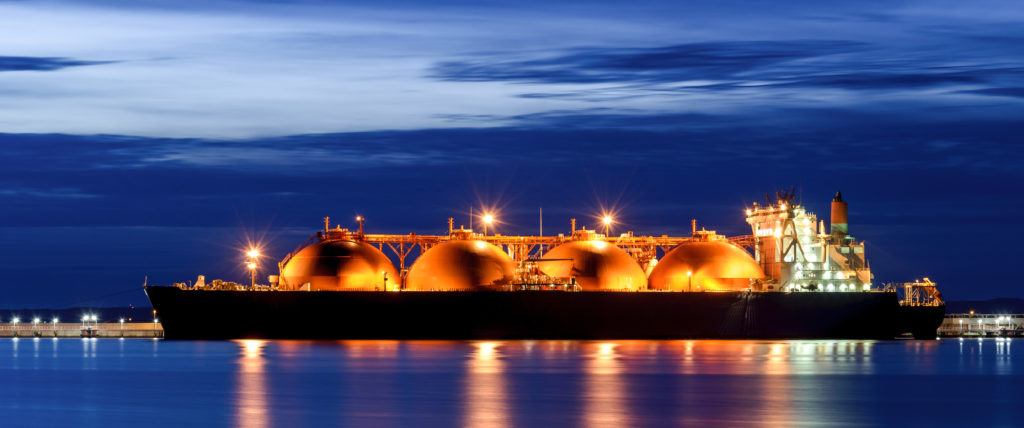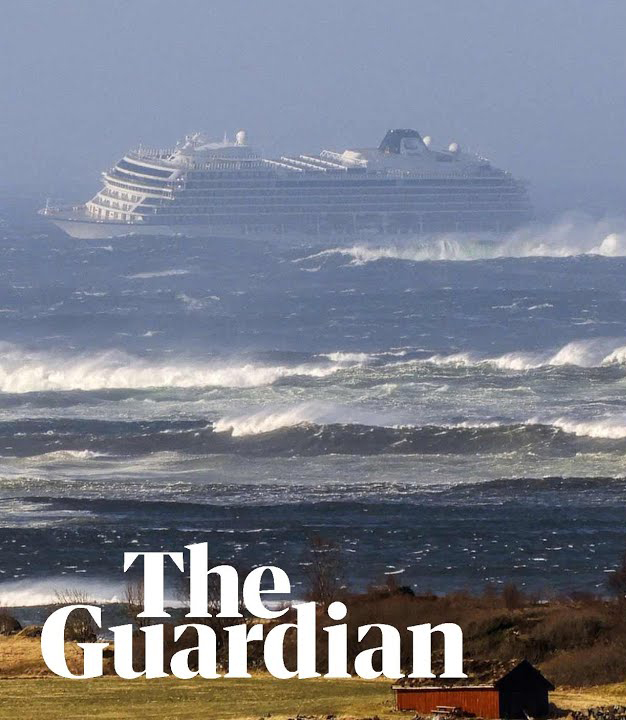
Simsea has now got accreditation from the Norwegian Maritime Authority (NMA) to provide both Basic and Advanced training according to the IGF Code. The courses are relevant for masters, officers, ratings and other personnel on ships subject to the IGF code. The courses could also be useful for personnel at LNG farms.
Please note that we as a part of the course run bunkering operations on Kongsberg Engine Room Simulators and that 2 Bunkering Operations at the Advanced course is approved by NMA.
Basic course:
By this course the participants shall gain basic knowledge to be able to contribute to the safe operation of a ship subject to the IGF code. Safe operation includes to prevent hazard, apply occupational health and safety precautions and measures, carry out firefighting, respond to emergencies and to prevent pollution of the environment.
The content of the Basic course is in accordance with STCW A-V/3-1 including the following aspects of operating ships subject to the IGF code:
- Rules and regulations
- Design and operational characteristics
- Fuel characteristics, fuel systems and fuel storage systems
- Fuel and fuel storage systems’ operations
- Physical properties of fuel
- Safety requirements and safety management
- Hazards associated with operations and hazard controls
- Gas-measuring and similar equipment
- Safe working practices and procedures
- Fire organization, fuel hazards, firefighting agents and methods including fire-fighting system operation
- Emergency procedures
- Measures to be taken in the event of leakage/spillage/venting of fuels
Advanced course:
By this course the participants shall gain familiarity with physical and chemical properties of fuels, competence of operate controls, ability to perform all operations, plan and monitor bunkering of a ship subject to the IGF code. This includes competence to take precautions to prevent pollution, secure compliance with legislative requirements, to prevent hazard, apply occupational health and safety precautions and measures, how to prevent fire and to control firefighting and extinguishing systems.
The content of the course is in accordance with STCW A-V/3-2 including the following aspects of operating ships subject to the IGF code:
- Safe bunkering including planning and monitoring
- Operating principles of marine power plants
- Ships’ auxiliary machinery
- Marine engineering terms
- Design and characteristics of ships, systems and equipment
- Fuel system theory and characteristics including pumps
- Effects of pollution
- Measures to be taken in the event of spillage/leakage/venting
- MARPOL, other relevant IMO instruments, industry guidelines and commonly applied port regulations
- Hazard and control measures
- Safety equipment
- Safe working practises and procedures
- Firefighting methods and appliances


